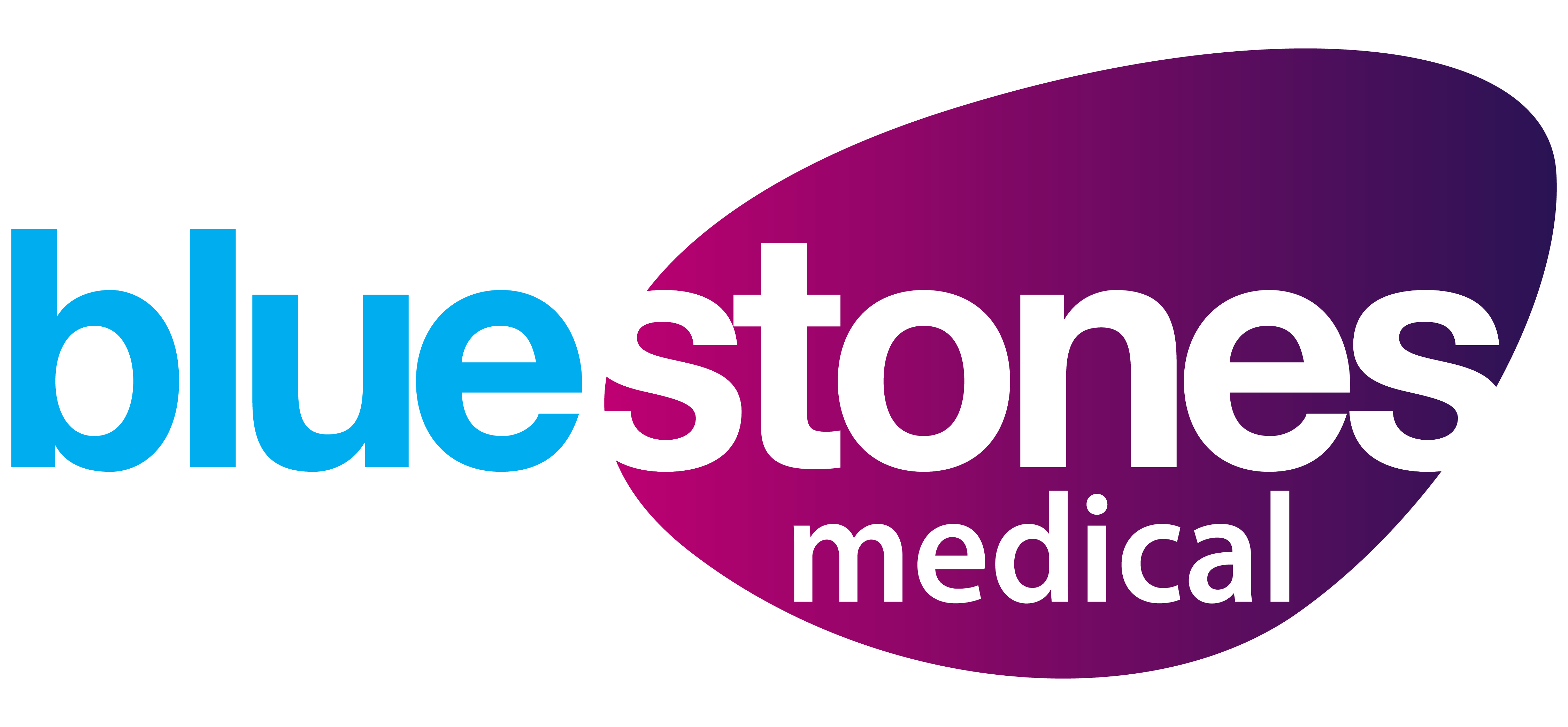[vc_row][vc_column][vc_column_text]Reflective practice was introduced way back in the early 20th century by the famous John Dewey. Following on from this – the theory of reflection has continued to grow and had developed immensely. The process itself allows an individual to continuously improve with professional practice and personal development. This is done by allowing yourself to be able to make sense of an experience.
As a nurse, the idea of reflection is something that is ingrained into us all – from the first day of nursing school. I am aware of past experiences and discussions with colleagues that the term ‘Reflection’ can be very daunting. When thinking about reflective writing it is common to experience some sort of anxiety. Common concerns which arise are how is it done? What do I write? And why do we need to reflect?
From day one of university – reflection was something which came quite natural to me, unlike many other things. Over the years I had gotten used to the continuous comments of how I over analyse everything I do. This was always an issue of mine and I saw this as a weakness until I realised that this was actually a very big strength of mine, which has enabled me to develop my self-awareness.
The art of refection once broken down is actually a very simple process. The main thing people forget to realise that reflection is something we do every day, we could be going shopping at a busy time or even baking a cake that did not turn out great. The point is everyone is capable of reflective practice, we just forgot how often we use it. When reflection is used for self-awareness and personal development, we are not looking at creating a professional academic piece of writing. What refection looks at are an individual’s thoughts and feelings process regarding a certain situation, an individual’s thoughts and feelings are something that cannot be graded.
Something I had always utilised with reflective practice is the \’Gibbs cycle of reflection\’ – this method of reflection focuses on 6 different parts. The following with explain these parts and will allow you to break a task up and into simple straight forward sections.
Section 1 – Description
The first part of the description looks at what happened. So where, when and even who was involved. It is important to keep this section simple, by sticking to the fact of what actually happened.
Section 2 – Feeling
This section looks more at how you feel as a practitioner. The situation that has happened, how did it make you feel. With this section, it is important to ensure that regardless of how you felt, this must be expressed. If the situation made you feel angry or frustrated – this is fine. Being completely honest will drastically improve your self-awareness.
Section 3 – Evaluation
This section can sometimes seem slightly tricky, however, once it is broken down it\’s fairly simple. The term \’evaluate\’ basically means, what parts were good and what parts were not so good about the situation.
So, for example, you could express how well you thought you managed, however, you could have done something differently. This, in turn, will allow you to step back in the future and remember what you could have done.
Section 4 – Analysis
Analysis can be less straight forward than other sections in this cycle. The analysis looks at how you made sense of a situation, like the previous step you can look at and analyse the situation. This section you are encouraged to look at past experiences and compare with any training or literature. When carrying out reflective practice for an assignment, this section is one of the most important. Having the ability to critically analyse a situation will gain greater marks.
Section 5 – Conclusions
If you have managed to make it to section 5 with no issues, then you have mastered the art of reflection. This part, looking at a conclusion, holds a greater emphasis on acknowledging whether you could have done anything differently – in turn ensuring next time this will be done.
Maybe you have realised you have a gap in your training or need to gain more experience in certain areas.
Section 6 – Action plan
Finally, the action plan – for this final section you should have all the information to put this together. Always ask your employer or agency for support.
Relevant training courses or training that may be coming up. If this cannot be utilised – can they sign point you in the right direction?.
I hope this article has been useful and relinquished some of that fear or stress – reflection can cause.[/vc_column_text][/vc_column][/vc_row][vc_row][vc_column][vc_separator color=\”custom\” accent_color=\”#46186f\”][/vc_column][/vc_row][vc_row][vc_column][vc_column_text]
Check out the latest updates in Kelly\’s Corner
[/vc_column_text][lvca_portfolio posts_query=\”size:3|order_by:date|order:DESC|categories:179\” image_linkable=\”true\” taxonomy_filter=\”category\” display_title=\”true\” per_line=\”3\” per_line_tablet=\”2\” per_line_mobile=\”1\” gutter=\”20\” tablet_gutter=\”10\” tablet_width=\”800\” mobile_gutter=\”10\” mobile_width=\”480\”][vc_row_inner][vc_column_inner width=\”1/3\”][/vc_column_inner][vc_column_inner width=\”1/3\”][vc_btn title=\”Visit Kelly\’s Corner\” color=\”om-theme-color\” hover_color=\”custom\” text_color=\”custom\” hover_text_color=\”custom\” size=\”xlg\” align=\”center\” button_block=\”true\” link=\”url:https%3A%2F%2Fbluestonesmedical.co.uk%2Fkellys-corner%2F|title:Kelly%E2%80%99s%20Corner||\” hover_custom_color=\”#89023e\” text_custom_color=\”#ffffff\” hover_text_custom_color=\”#ffffff\”][/vc_column_inner][vc_column_inner width=\”1/3\”][/vc_column_inner][/vc_row_inner][/vc_column][/vc_row]





